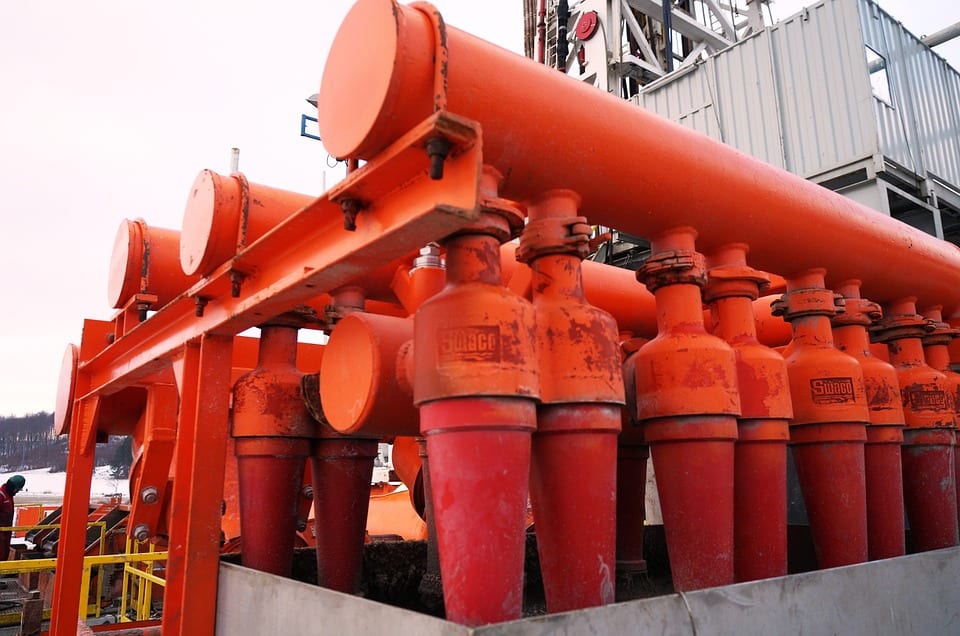Texas-Mexico Center Research Fellow Matthew Fry is working on a project regarding the development of the Burgos Basin, the largest gas producing basin in Mexico. We talked to him about his upcoming research.
Tell us about your project.
 Large-scale natural gas and condensate production from the Texas Eagle Ford Shale created interest in the economic potential for shale gas production in the coterminous Burgos Basin in Northern Mexico. Because of differences in the legal and political geographies of Texas and Mexico, there are distinct production strategies for shale gas. Our research project examines how production strategies differ in the two basins. Our goal is to identify the opportunities and challenges operators, policymakers, and communities in the region face in order to better understand the social and environmental implications of shale gas production for local communities and the binational region as a whole.
Large-scale natural gas and condensate production from the Texas Eagle Ford Shale created interest in the economic potential for shale gas production in the coterminous Burgos Basin in Northern Mexico. Because of differences in the legal and political geographies of Texas and Mexico, there are distinct production strategies for shale gas. Our research project examines how production strategies differ in the two basins. Our goal is to identify the opportunities and challenges operators, policymakers, and communities in the region face in order to better understand the social and environmental implications of shale gas production for local communities and the binational region as a whole.
What is most interesting about your work so far?
The project builds on earlier research collaborations among our team in the Texas Barnett and Eagle Ford Shales, and in Mexico’s Tampico-Misantla Basin. This is a new project, so we don’t have any findings yet. However, late last year the Mexican government banned hydraulic fracturing, which is one of the technologies that made the Eagle Ford viable. Without fracking, it’s not clear that shale gas could be produced commercially in the Burgos (and the Burgos holds Mexico’s largest gas reserves). We thought the fracking ban might be a setback, but Mexico’s Energy Secretary and others are currently discussing a new form of sustainable fracking. Although we’re not sure what this entails (though it has something to do with water), we are looking forward to learning about it over the next year. And it will be interesting to see how conversations about fracking and its sustainability affect production strategies in the Burgos.
What do you hope to accomplish with your research?
We really hope the research can inform policymakers about overlooked social, legal, and environmental implications associated with shale gas production. We also think that the findings will contribute to scholarship on resource geographies of the Mexican oil and gas industry, as well as broader international debates concerning shale and unconventional oil and gas production and the role that the ‘potential’ for these resources can play in economic investments and political decision-making. Finally, our data will provide a baseline for future studies in the Burgos Basin.
Everyone knows that energy is central to Texas’ economy. How does energy factor into Mexico’s economy?
Energy clearly is central to Mexico’s economy as well. The 2013/14 Energy Reforms dramatically restructured Mexico’s energy sector. As a result, there are some uncertainties about near- and long-term energy developments in the country.
What is one thing everyone should understand about Texas-Mexico energy integration? Why is energy central to the relationship, in your opinion?
Mexico and Texas are major trading partners and oil and natural gas are key commodities traded between the two. Stated simply: a whole lot of hydrocarbons cross the Texas-Mexico international border and that won’t change anytime soon.

0 comments on “Expert Interview | The Growing Potential of Burgos Basin” Add yours →